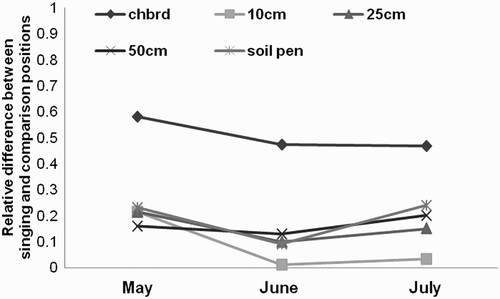Figures & data
Figure 1. The location of four groups of sites in southwest Scotland at which Grasshopper Warblers were surveyed to assess which night-time period would detect the highest percentage of males (1–4) and four sites or site groups at which Grasshopper Warbler habitat occupancy was predicted (A–D). A and B were key sites, within 2 km of each of which were groups of near-key sites; C and D were groups of non-key sites. Site A and site 2 are the same.
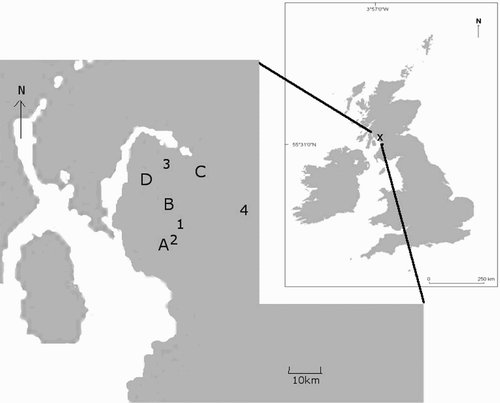
Figure 2. The locations of 22 sites in England and Scotland. Habitat measures were made in 2005, throughout these sites, at 210 Grasshopper Warbler singing and comparison locations. The sites covered a range of different habitat types. The data collected from these sites to characterize breeding habitat was not used elsewhere.
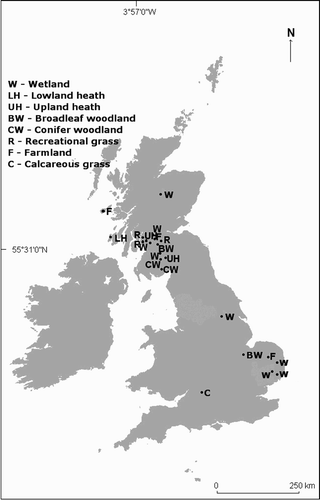
Table 1. A descriptive list of the habitat measures made at positions where Grasshopper Warblers were recorded singing, and at comparison positions.
Table 2. Significant results from univariate and multivariate (models 1 and 2) generalized mixed models of Grasshopper Warbler habitat measures. The variables have been placed into groups that measure similar aspects, mainly of vegetation structure. The only group with no significant variables and not listed was ‘management and wider landscape’. The signed significance is shown for each variable, as is the presence of between-variable correlation (Pearson coefficient r > 0.5). The predictive accuracy of the two models is given as the percentage correct classification of all measured positions as ‘singing’ or comparison: see text.
Table 5. The number of BTO Common Birds Census plots (or sites) visited and the number of territories that had originally been occupied by breeding Grasshopper Warblers. Current suitability was assessed by eye (qualitatively) and by habitat measures taken (as in ) from as near the middle of the original territory as possible (quantitatively).
Figure 3. British Trust for Ornithology Common Birds Census plots visited in 2006. These plots had all held breeding Grasshopper Warblers but, when revisited, had been unoccupied for at least two years. The 30 plots were split into woodland, farmland and ‘other’ habitat categories. There were 105 previously occupied territories throughout these plots that were visited to assess their current suitability for breeding Grasshopper Warblers.
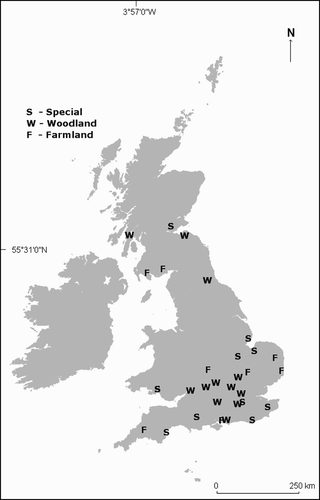
Table 3. Four groups of sites surveyed for singing Grasshopper Warblers from 1 May to the end of July. Locations in . The percentage of visits that detected at least one singing male, the maximum number of singing males heard on any one survey visit, and the estimated number of occupied territories detected during the survey period.
Figure 4. The percentage of male Grasshopper Warblers present throughout the breeding season that were singing each week from 1 May. The singing males systematically surveyed at four groups of sites in southwest Scotland in 2005 occupied an estimated 24 territories.
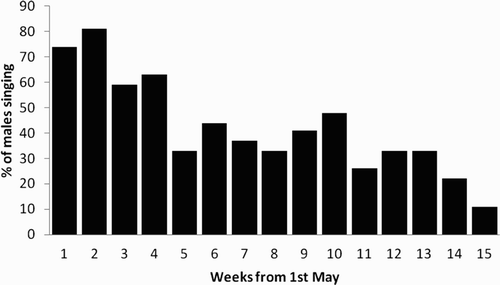
Figure 5. The cumulative percentage of Grasshopper Warbler territories detected during different diel time periods during weekly survey visits to sites in southwest Scotland in 2005. Each week every site was surveyed during each night-time period. The total number of territories detected across all site groups was 24.
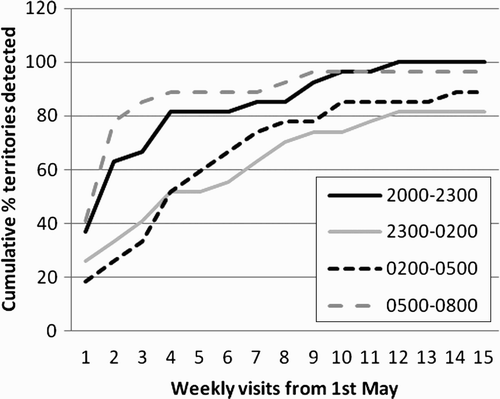
Figure 6. Relative difference between 19 Grasshopper Warbler singing and comparison positions for a range of habitat measures through the season.
